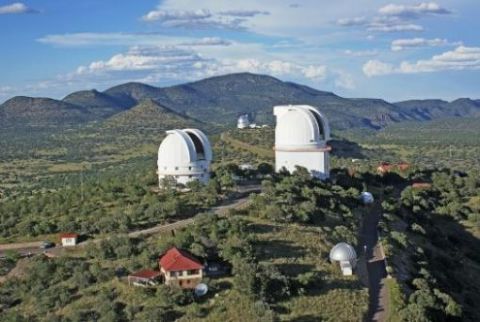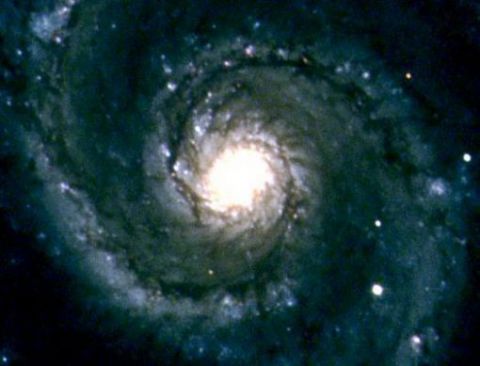Page title
Star Gazing
Main page content
I just got back from one of the most enjoyable trips I’ve taken in a long while – a visit to UT Austin’s McDonald Observatory in West Texas.
The observatory is run by the Department of Astronomy, which is part of the College of Natural Sciences, UT Austin’s largest college. With some 600 faculty, 10,000 undergrads, and 1,400 graduate students, the College’s fields of inquiry are literally boundless, ranging from subatomic particles to galaxies billions of light years away.
I was invited to attend the Observatory’s Board of Visitors meeting, and I was glad to have the chance to thank the Board for the time and effort they give in support of the Astronomy program and the Observatory. One of the things that has really struck me – and frankly, surprised me – since I became Chancellor is the number of people all over this state who give so generously to UT System institutions. I don’t just mean money – although the money is important. I’m talking about people all over Texas who – recognizing what we mean to the state – give of their time, energy, and expertise.
I also had an opportunity to visit with, and listen to, some of the phenomenal UT Austin astronomers. It was inspiring, if a little humbling, to spend time with men and women who, day in and day out, expand humanity’s understanding of the universe.
While we all experience the hard, tangible benefits of scientific research every day, I’m glad to work for an institution that also celebrates the less tangible benefits of pure, curiosity-driven research. Research that dares to ask the big questions, what’s out there, where did we come from?
Thanks to our friends at McDonald Observatory, we may have answers to some of those questions very soon!
The observatory is in the last construction stages of a multi-year project to rebuild its Hobby-Eberly Telescope at McDonald Observatory for a project called the Hobby-Eberly Telescope Dark Energy Experiment (HETDEX). HETDEX will look much farther back in time than any of the other current competing projects, producing three-dimensional maps of galaxies that were undergoing an intense burst of star formation roughly 10 billion years ago. The observations will start in early 2016.
A few years further down the road, our involvement in the Giant Magellan Telescope (GMT), currently under construction in Chile, is going to give UT students and faculty access to the world’s most powerful optical telescope.
The GMT will be huge, about 25 meters across. To put its size in context, the largest telescopes in the world today have a light-gathering area of about 79 square meters. The GMT will have a light-gathering area of about 490 square meters. And with its advanced adaptive optics, the images it captures will be ten times sharper than those from the Hubble Space Telescope.
Only a handful of American universities will have access to the next-generation observational facilities that are going to drive astronomical discovery of the next several decades. I’m proud to see UT Austin seizing the opportunity to demonstrate that our scientists, students and researchers belong among the elite, not just of Texas or the United States, but of the world.
To look so deeply back in time, to see the very first stars and galaxies created after the Big Bang – it’s not easy to get my brain around the idea. But it fills my Texan heart with pride, knowing that our faculty and students are going to play a leading role in making it happen.
Who knows, ten years from now, how many of life’s mysteries will have been revealed by people working right here at the UT System? I can’t wait to find out.
Thanks for reading, have a great week.



